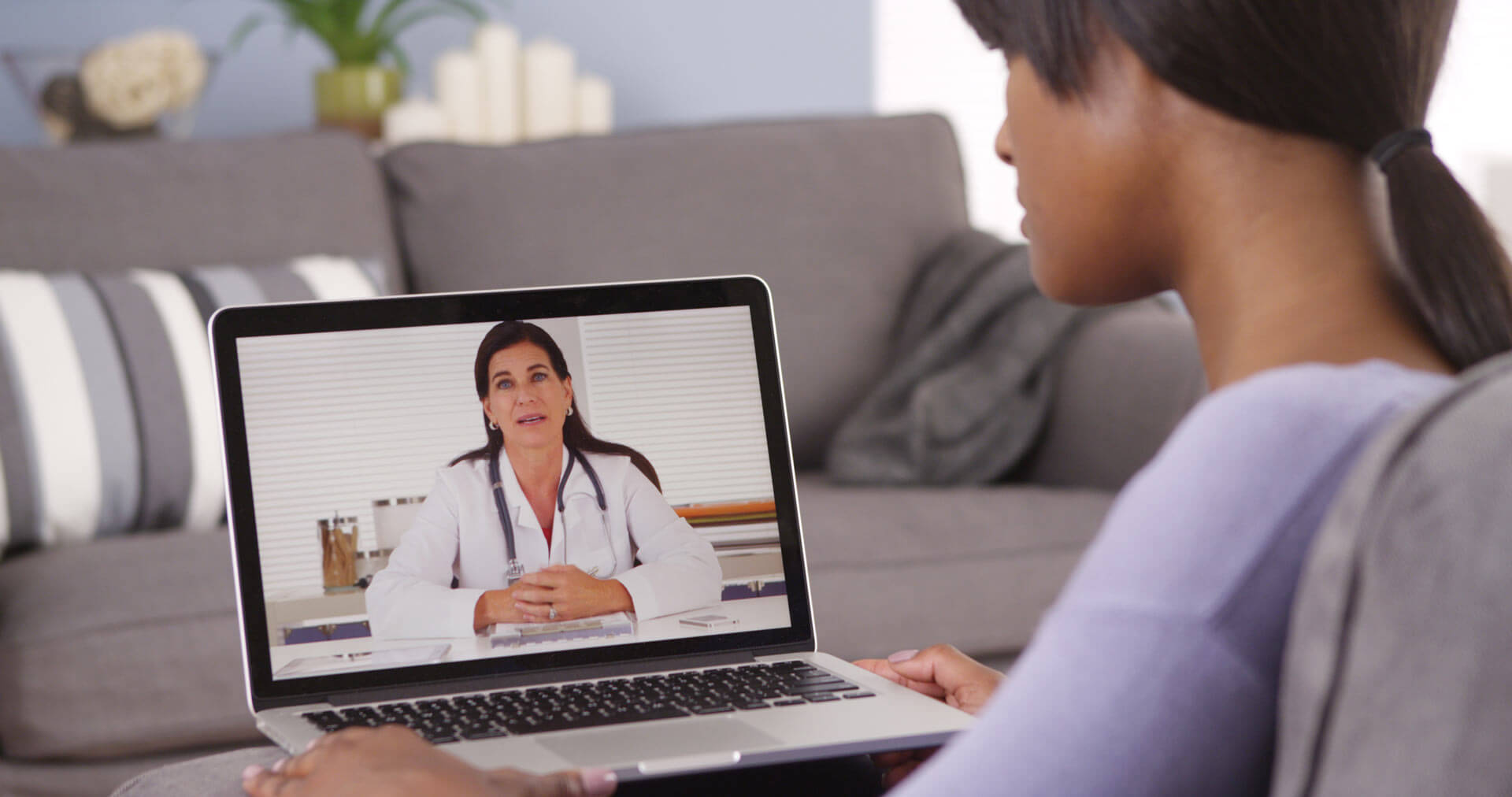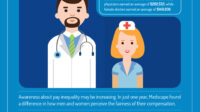Depending on where you work, you may already have access to telemedicine applications in your practice. If not, you may want to push your administration to adopt it – now. Patients want it and they are willing to go where they can to get it. When it comes to telemedicine, demand is outstripping supply.
Here’s the bottom line:
- 34% of parents with children younger than 18 are willing to switch doctors to get access to video visits.
- 77% of consumers say they would consider seeing a physician virtually.
Increasingly, surveys show that patients want healthcare to move off the dime and adopt telemedicine. They see no reason why they can’t send a photo of a rash to their doctor and get his or her advice without going to the office. Patients don’t want to wait three weeks for an appointment and they don’t want to have to wait an hour once they get to the office. They are savvy digital consumers. That is why patients want the same convenience and ease of access in healthcare that they have in banking, retail, and consumer services.
As seen in a recent survey:
- 78% of those willing to have a video visit with a doctor would be happy to manage chronic conditions via video consults with their Primary Care Practitioner (PCP)
- 65% were very or somewhat interested in conducting video visits with their PCP
- 60% of respondents said that they would be willing to use them to manage a chronic condition
- 52% of adults reported that they were willing to participate in post-surgical or post-hospital-discharge visits through video
For decades, patients would do anything to avoid switching doctors. Now, they will walk across the street in a nano-second if it means they can get easy, convenient access to healthcare through digital platforms.
One of the largest healthcare systems in the country, Kaiser Permanente (KP), knows this firsthand. According to CEO Bernard Tyson, KP members have more than 100 million encounters with company physicians annually, 52% of which are now virtual visits.
The healthcare industry’s hesitation to adopt telemedicine is valid in many ways. Before being considered as a true advance in the delivery of healthcare it must:
- Meet the bar of quality, patient safety, and HIPAA
- Be economical to implement
- Be beneficial to the patient
- Improve outcomes
Perhaps most importantly, any telemedicine service cannot make promises and then become the onerous burden that Electronic Medical Records (EMR) have become over the years.
There are many telemedicine services that are working well across the country. They are expanding access for patients, reducing overhead costs for physicians and health systems, collecting important patient data and improving outcomes. Here are just a few examples of what can happen when telemedicine is well implemented.
Reducing Wait Times
New York Presbyterian (NYP) used telemedicine to reduce wait times for psychiatric and express care visits. Using a platform of video visits between patient and physician, it reduced 24-hour wait times to less than 1 hour. Video visits cut express care admission-to-discharge times from “an average of 2.5 hours to 31 minutes”. When it used telepsychiatry services in the emergency department, it eliminated the need for patients to return to the ED for follow up visits. That strategy reduced patient wait times from “24 hours to under 60 minutes”.
Rural Pediatrics
Children’s Mercy Hospital in Kansas uses telemedicine to reach children in rural areas who need pediatric rheumatology services. These children suffer from painful chronic diseases and live more than 150 miles from the hospital. Four times a year, a rheumatologist and RN conduct 45-minute telemedicine visits with the children and their parents. It provides care and access to patients who might not otherwise be able to travel to the physician.
Substance Use Disorders
Some of the most important telemedicine advances are being made in the treatment of substance use disorders. The Food and Drug Administration (FDA) approved a mobile app for those in treatment for substance use disorders called ReSET®, developed by Pear Therapeutics. It’s used along with outpatient treatments and helps those in recovery to manage substance abuse problems (it is not used for opioid addiction). It improves recovery by expanding access, support and follow up. Pear Therapeutics reported results from clinical trials involving 507 patients. It showed increased abstinence, retention and engagement in recovery and treatment for those patients who received face-to-face therapy only.
Telepsychiatry is one of the most powerful types of telemedicine. It offers the opportunity to stay in touch with patients more consistently and reach those in need who would otherwise have no access to mental health care. Although adoption isn’t exactly catching fire, it is beginning to grow in some parts of the country. A study conducted by Harvard and the RAND Corporation found “dramatic growth in the use of telemedicine for the diagnosis and treatment of mental health disorders in rural areas”. Among rural patients, there was an average annual increase of 45% in telemedicine visits between 2004 and 2014 – depending upon where they lived. Nine states had in excess of 25 visits per 100 patients with “serious mental illness”. However, four states had no telemedicine visits for mental health. Widespread implementation continues to be a challenge. Nationwide, implementation of telemedicine to treat rural patients with mental remains at an anemic 1.5%.
Telemedicine is no longer the wave of the future, it is here. The most viable systems are expanding the ability of physicians to reach patients without expanding overhead. They are eliminating costly scheduling gaps and no-shows, thereby increasing revenue. Data collection is increasing insight into patient behavior that impacts medication adherence and care plans. Outcomes are improving. Those are all good things. Of course, due diligence is required before any physician practice or health system adopts telemedicine platforms. It shouldn’t be adopted because it’s shiny and new. It should be adopted because it is the best way to deliver healthcare services to patients who may not have access. For many patients, telemedicine can be the difference between better health and no healthcare at all.




